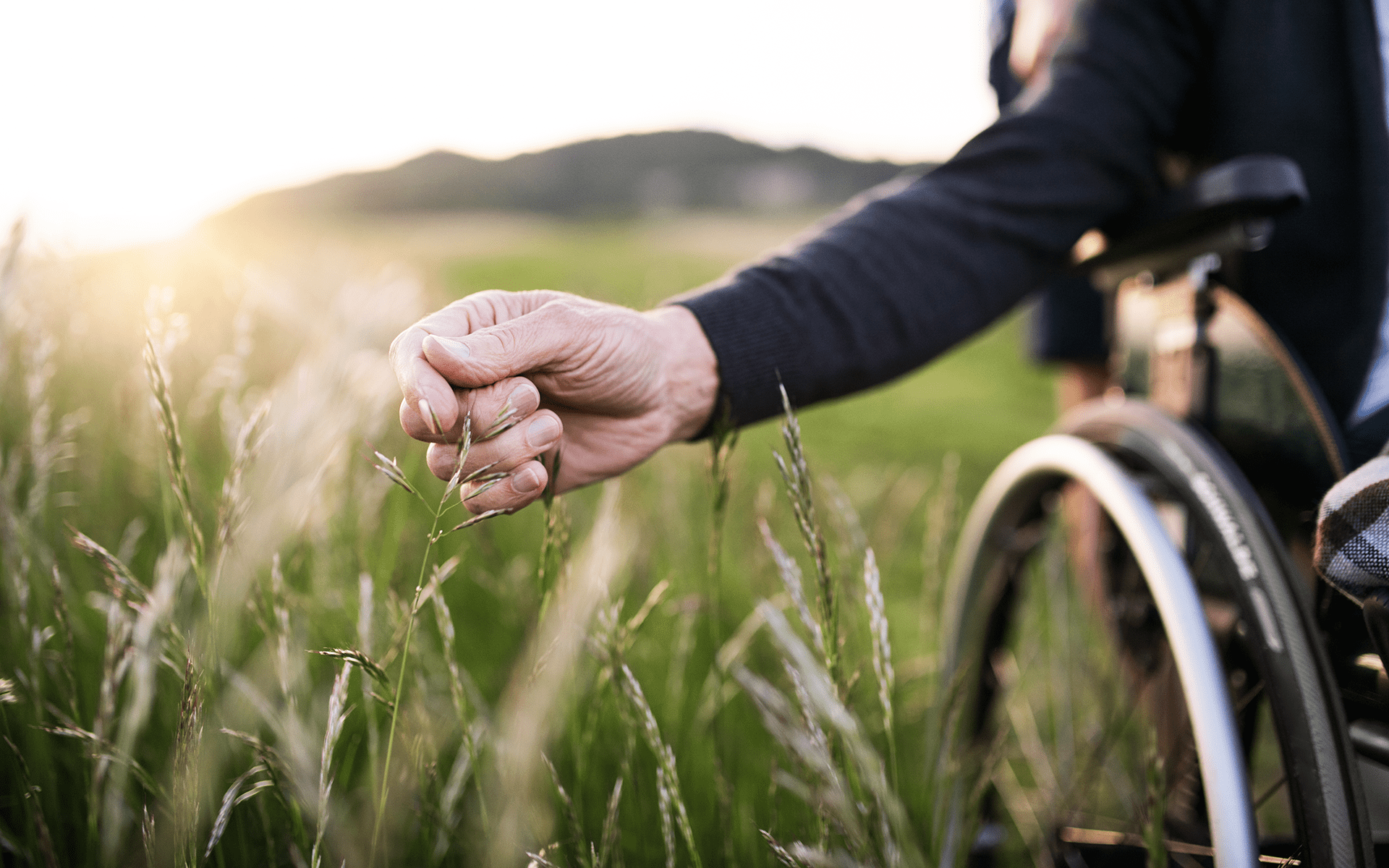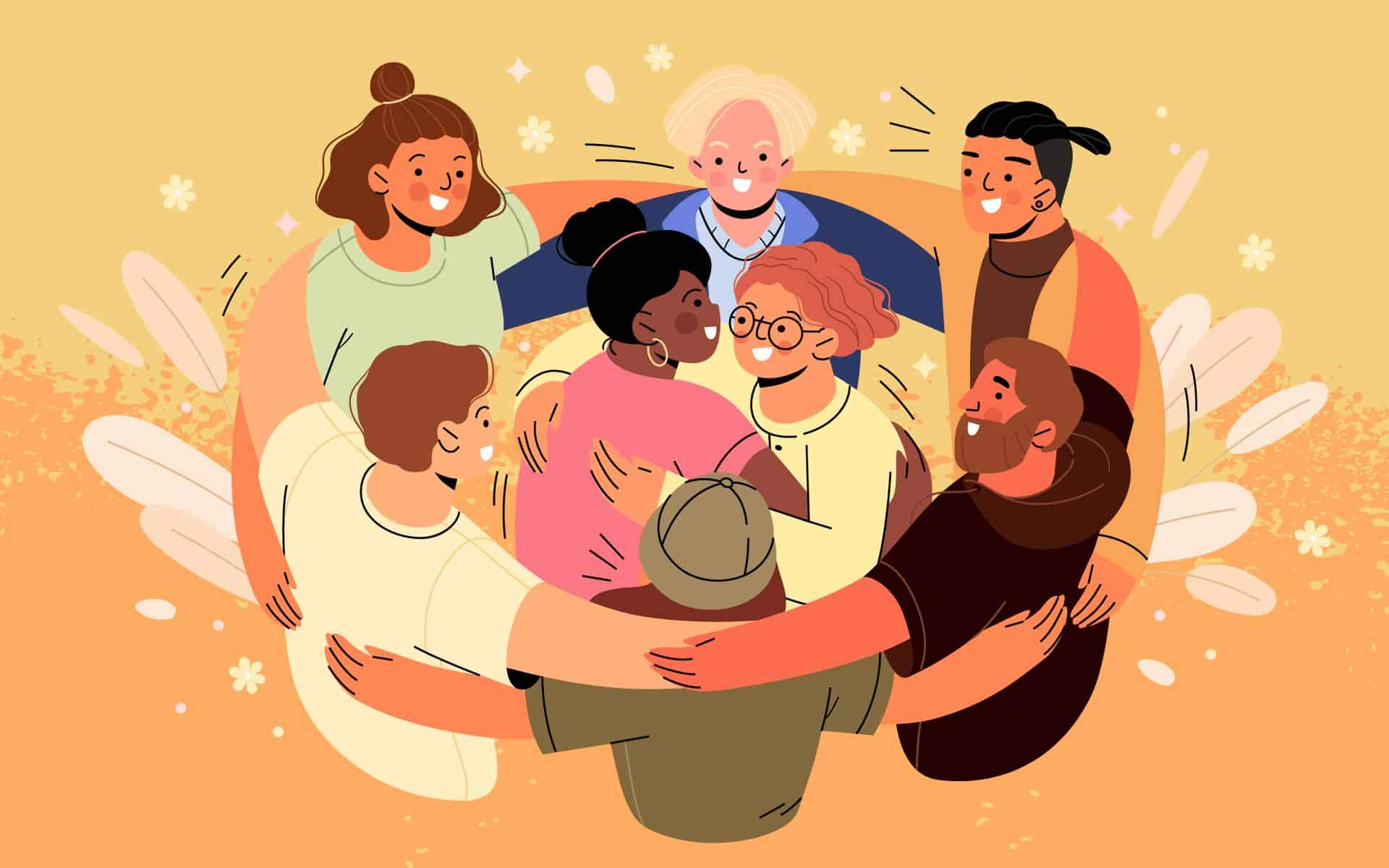“It’s OK. It’s all good.”
How many times have you heard that phrase uttered after some sort of upsetting, stressful, or unexpectedly painful experience? Especially in the United States, people routinely say this in an effort to demonstrate some feigned expression of equanimity, often after someone else apologizes for saying or doing something upsetting. People say things like this (or “I’m fine,” or “No problem”) to appear to remain above the fray or to avoid “getting into it,” as if it is possible to be somehow transcendent and untouched by messy human emotions.
Frankly, they’re not fooling anybody. They’re also not doing themselves any favors.
Is it really “all good” when your rights have been violated, or you have been harmed by word or deed, or tragedy has touched someone you know and love? It’s really not “all good” that these things happen, and to deny the pain, suffering, and outrage that arise in countless situations is to try and repress or deny our (admittedly sometimes flawed) human experiences of occasional terror, resentment, jealousy, and greed (to name a few). At times, life simply sucks, it hurts, and it’s not good, no matter how you look at it or try to frame it.
What Is Toxic Positivity?
When we say “it’s all good,” we are engaging in what has come to be called “toxic positivity”: an excessive and reflexive overgeneralization of a happy, optimistic state across all situations. Toxic positivity tends to encourage the denial, minimization, and invalidation of the authentic human emotional experience. In other contexts, this could be called emotional bypassing or even spiritual bypassing. By appearing unfazed by difficulty, one creates a façade of immunity that is unrealistic, and sometimes outright harmful, in the implicit message it sends.
Toxic Positivity and Mindfulness Teachers
In my experience, those of us who teach contemplative practice are particularly prone to this sort of attitude if we aren’t deeply rooted in the practice ourselves and willing to meet our own difficult feelings as teachers and humans. The meditation teacher and author Bodhipaksa wrote, “Mindfully accepting our painful feelings is an essential prerequisite to supporting ourselves with kindness and compassion. Accepting our pain means being willing to be present with it, not pushing it away or reacting to it.”
It also doesn’t help that our students or participants come to us often believing that we teachers have indeed “achieved enlightenment” and that that includes immunity from unkempt human emotions. If only this were true!
By appearing unfazed by difficulty, one creates a façade of immunity that is unrealistic, and sometimes outright harmful, in the implicit message it sends.
From a teaching perspective, if we engage in toxic positivity by avoiding, denying, or otherwise appearing to minimize the presence of suffering in ourselves or our participants, not only are we potentially invalidating their experience, but we are also subtly undermining the essence of mindfulness and self-compassion: meeting and acknowledging the presence of suffering, so that we can tend to ourselves in the midst of it. And when we are unwilling to acknowledge and meet our own suffering as well, we compound the problem through our example.
If the message our participants receive (implicitly and inadvertently through our avoidance, or explicitly through toxic positivity as teachers) is that they should avoid or deny their feelings, or worse yet, that their feelings are not legitimate or even real (the overly popular term for this is “gaslighting”), what are we doing? When we force a positive (or even neutral) outlook on everything, we are encouraging people to keep silent about their struggles and difficult emotions, and this inevitably fuels shame, isolation, and further suffering. This is the exact opposite of our intentions as teachers.
Rely on Your Embodied Practice
The challenge then becomes: How do you acknowledge and validate the suffering of the people in the room (or on the screen), especially when it may have been triggered by a world event or tragedy, while staying true to the practice and out of the thorny issues of politics and tribalism? And, while acknowledging and validating, how can we avoid the quicksand of overwhelm and powerlessness? It feels like threading a tiny needle, but it is very doable if we as teachers are clear on our intentions and willing to embrace and hold our own difficult emotions. We must be embodied in our teaching and willing to help people explore what it means to be authentically human.
In the classroom, we rely on the practice of mindfulness and compassion, which begins with acknowledging the presence of suffering.
In the classroom (or virtual room), we rely on the practice of mindfulness and compassion, which begins with acknowledging the presence of suffering. When as an embodied teacher you can sense the presence of suffering in the room from a shared human experience like a war, a natural disaster, or some other tragedy, you have a beautiful opportunity to “demonstrate” the practice through naming the presence of the suffering and validating it by doing so. (And remember that you know this suffering is present because you are attuned to your own inner experience and “reading the instrument” of your own body, mind, and heart.)
There is no need to focus on the source or cause of the suffering, as that is immaterial to what is present in the room at that moment. Sure, you may want to name the specific event briefly to provide context, but naming the source of some people’s suffering does not involve needing to take a stand or make a political statement of any kind. You are focused upon human suffering and self-compassion as a means of meeting that distress, rather than avoiding or denying its presence.
Meeting Conflict With Compassion
People may not appreciate the subtleties here and participants could interpret your acknowledgement of specific suffering (especially if it relates to a contentious societal or political issue) as an endorsement of a specific political or social view. I found this to be true when our organization sent out an email I wrote acknowledging the suffering of many around the issue of the US Supreme Court striking down a longstanding precedent allowing women access to abortion.
Several readers took me to task for being “pro-choice” in my political views. However, what I was able to help some of them see was that my purpose was to simply validate that people in the world are having these feelings and they deserve to have those feelings acknowledged so that they might begin to meet themselves with compassion and act wisely as a result.
I was able to engage with one reader in particular who mis-heard my message as a political statement. When I calmly and kindly responded to her email (not necessarily an easy thing to do), pointing to my intention, she very kindly responded with this heartening message: “I now understand your message’s intention was for inclusivity rather than my perception of division. Perhaps my own experiences this week led to a warped perspective of your message. I really do appreciate the dialogue.”
To have this meaningful conversation called upon my practice of mindfulness and self-compassion to maintain equanimity in the face of my own internal distress, but also to kindly stand up for my deepest intentions. We left the conversation each still on opposite sides of the issue, but with mutual respect and perhaps an opening for her to be a little kinder toward herself as a result. This, in my view, is the best possible outcome for being willing to courageously meet the presence of suffering, to name and validate it, and create the possibility for healing, growth, and understanding.
If we all practice some of that courage and willingness to gently but firmly encounter and connect directly and unflinchingly with ourselves and others who are experiencing painful emotions (regardless of the source), then we will truly be doing good work in the world. Brené Brown wrote, “My mom taught us never to look away from people’s pain. The lesson was simple: Don’t look away. Don’t look down. Don’t pretend not to see hurt. Look people in the eye. Even when their pain is overwhelming. And when you are in pain, find the people who can look you in the eye. We need to know that we are not alone, especially when we are hurting. This lesson is one of the greatest gifts of my life.”
May we truly find a way to look each other in the eye when we are hurting.
read more
Why It Is Important (Especially for Leaders) to Feel Their Fear and Pain
When we stop resisting pain, we will often start to notice that it is simply a sensation like other sensations—and that we can be with it instead of reacting to it. Read More
Let Your Practice Guide You Beyond Crisis Mode
While many of us lean on mindfulness to help us through times of inner and outer chaos, we can cultivate the greatest resilience through consistency in our practice, even when it doesn’t feel urgent. Read More
World Mental Health Day: 5 Guided Meditations to Help You When The World Feels Heavy
Many different mindfulness techniques can be helpful depending what emotions are present for you. Explore these practices to foster insight, curiosity, and self-compassion with your emotions, instead of fighting them. Read More








